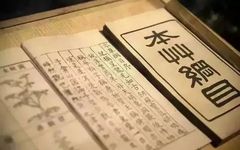Exploring the Millennia of Wisdom in Traditional Chinese Medicine — The Compendium of Materia Medica
There is a book that has been cited multiple times by Darwin in his works such as On the Origin of Species, and praised as the “Encyclopedia of Ancient China”. It has been evaluated by the renowned British historian of science Joseph Needham as the “greatest scientific achievement of the Ming Dynasty”. Lu Xun referred to it as “rich in treasures” and “extremely valuable”. Guo Moruo believed it “represents the culmination of Chinese pharmacology”. This book is the Compendium of Materia Medica authored by Li Shizhen.
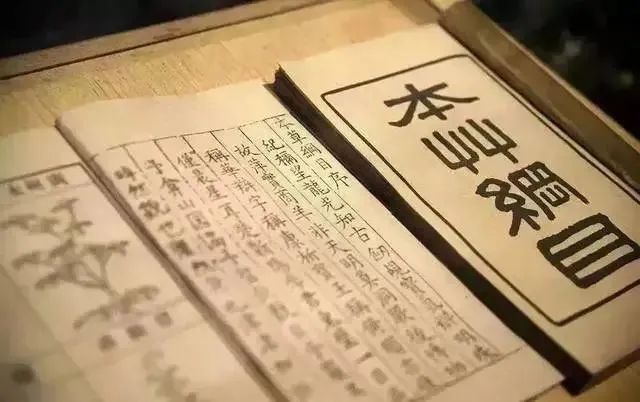
In 1953, a portrait of Li Shizhen was embedded in the corridor of the main building of Moscow University, alongside scientific giants such as Newton, Copernicus, and Marie Curie. This not only honors Li Shizhen personally but also recognizes the achievements of Eastern science.
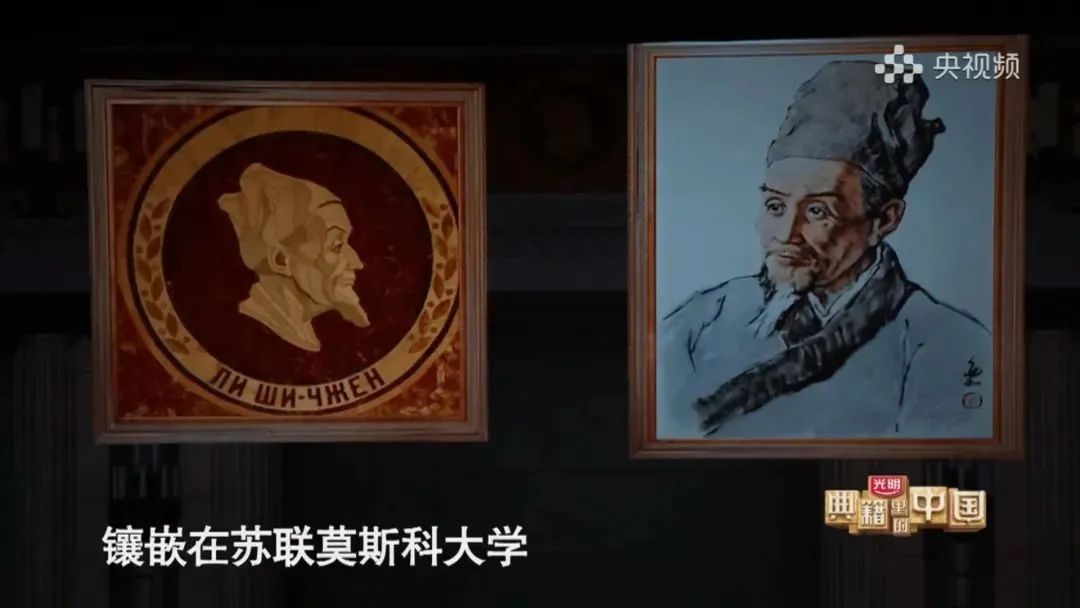
Li Shizhen was born into a family of medicine; his father was the famous physician Li Yanwen. Thus, he developed a strong interest in medicine from a young age. However, his father hoped he would pursue a career in the civil service to bring honor to the family. Li Shizhen believed that “to prolong the life of the nation is to prolong the lives of the people, and to prolong the lives of the people is to serve the nation”. He expressed his aspirations through the principle of great medicine and persuaded his father, ultimately fulfilling his wish to practice medicine.
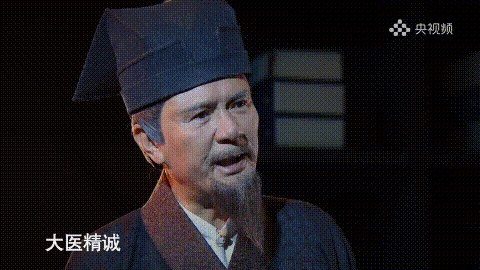
Indeed, Li Shizhen embodied the principle of “traveling a thousand miles for medicine, not taking value for granted”, vividly illustrating the excellence and focus of medical skills, as well as the nobility and compassion of medical ethics.

While accompanying his father on medical rounds, Li Shizhen witnessed the disputes over ginseng and platycodon among herbal material buyers. He personally observed the suffering of the public and merchants due to the chaotic editing of old materia medica, which led to many misunderstandings. Thus, he was inspired to undertake the task of revising the materia medica.
Li Shizhen used the Song Dynasty’s Tang Shenwei’s Classified Materia Medica as a foundation, integrating various texts and compiling the materia medica from different dynasties. He conducted careful analysis of medicinal materials, refusing to delete information due to his own knowledge and the limitations of his time. Additionally, he questioned previous errors and superstitions, expressing his own viewpoints.
Li Shizhen believed that the frequent errors were due to predecessors relying solely on written references without practical experience. The essence of a physician lies in investigating the material world. Thus, he spent thirty years braving the elements, enduring cold and heat, and writing by the light of a solitary lamp to revise the text. After another ten years of editing and correcting, he finally completed the Compendium of Materia Medica, which captures the subtlety of principles and the universality of knowledge.
The spirit of inquiry, adherence to tradition, innovation, and the pursuit of truth that Li Shizhen demonstrated during the compilation of the materia medica not only breathed new life into traditional Chinese medicine but also provided strong spiritual support for the inheritance and development of Eastern science. His life is the best interpretation and transmission of the spirit of Eastern science.
The Compendium of Materia Medica consists of fifty-two volumes, nearly 1.9 million words, documenting 1,892 types of medicinal substances, with 11,096 prescriptions and 1,109 illustrations of herbs, and references to over 800 texts.
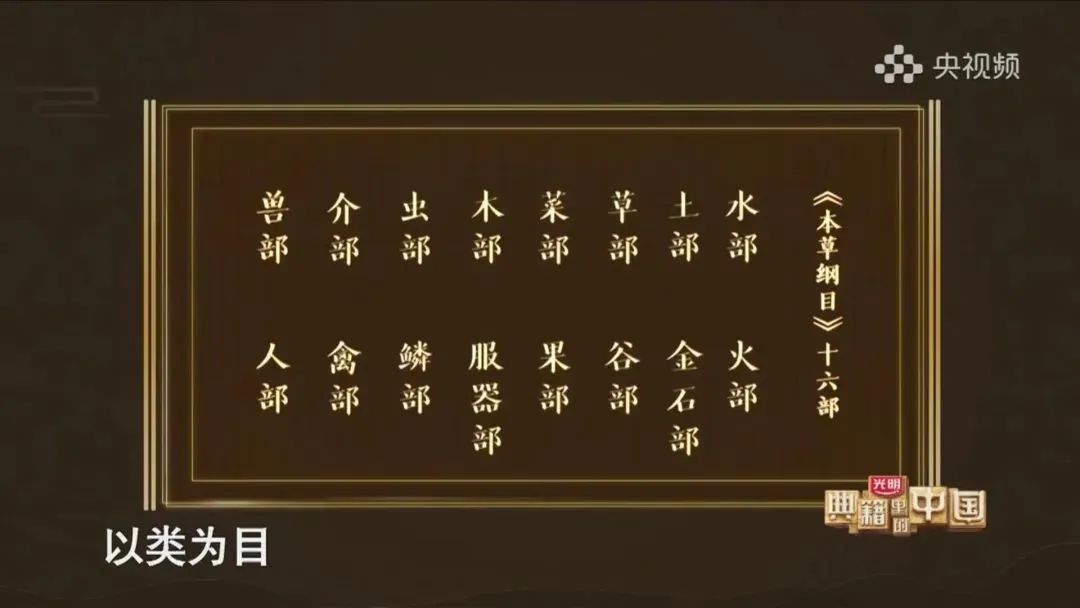
In this comprehensive materia medica, Li Shizhen broke the “cabbage-like” editing system that had persisted since the Shennong Bencao Jing, adopting a plant classification system of “analyzing families and categorizing by order”. He divided the medicinal substances into sixteen sections and sixty categories, including water, fire, earth, metal, stone, grass, grain, vegetables, fruits, wood, utensils, insects, scales, shells, birds, beasts, and humans. Each medicinal entry includes eight items: name explanation, collection, differentiation, preparation, flavor, indications, inventions, and supplementary prescriptions.
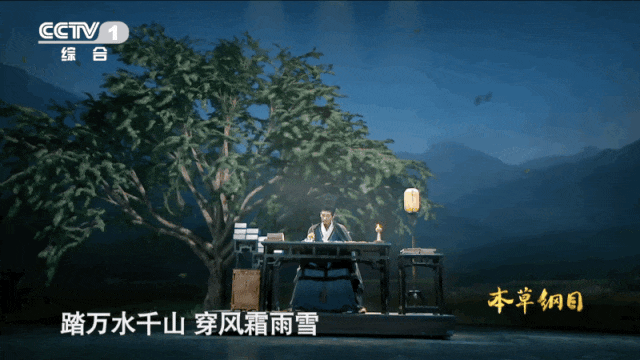
The arrangement of medicinal substances in the Compendium of Materia Medica is from small to large, from cheap to expensive, aligning with the laws of biological evolution, thus enhancing its scientific nature. The detailed discussions greatly enriched the knowledge, connotation, and extension of materia medica, improving the readability and practicality of medicinal information.
Li Shizhen, this outstanding physician and pharmacologist of the Ming Dynasty, with his great medical integrity and profound knowledge, not only treated countless patients but also revised the materia medica to resolve misunderstandings caused by old texts. He meticulously recorded the difficult diseases of his time to remind people of prevention, fully embodying the people-centered philosophy.
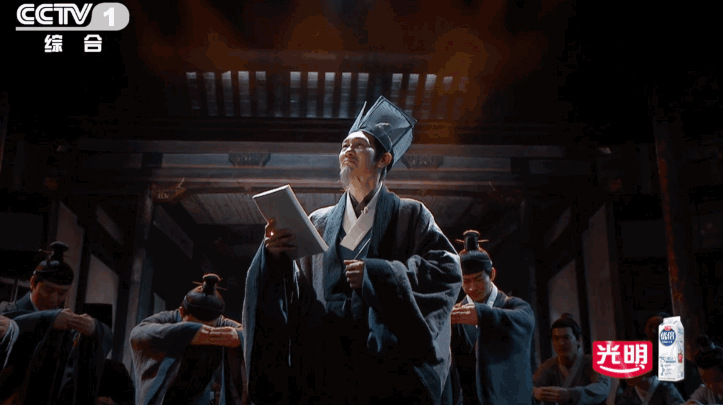
Through his deep practice and the compilation of the Compendium of Materia Medica, Li Shizhen showed the world the history of the Chinese nation in developing and utilizing materials and the infinite wisdom of Eastern life sciences. As inheritors of Chinese culture, contemporary physicians and young people should actively explore the essence of traditional Chinese medicine, uphold tradition and innovate, allowing it to shine even brighter under new conditions.
【END】
Editor | Zhang Qijun
Chief Editor | Deng Luyang
Editor | Deng Luyang
Image and text sourced from the “Exploring China through Classics” Weibo, China Continuing Medical Education Network WeChat public account, Baidu Encyclopedia, and some content from the internet.
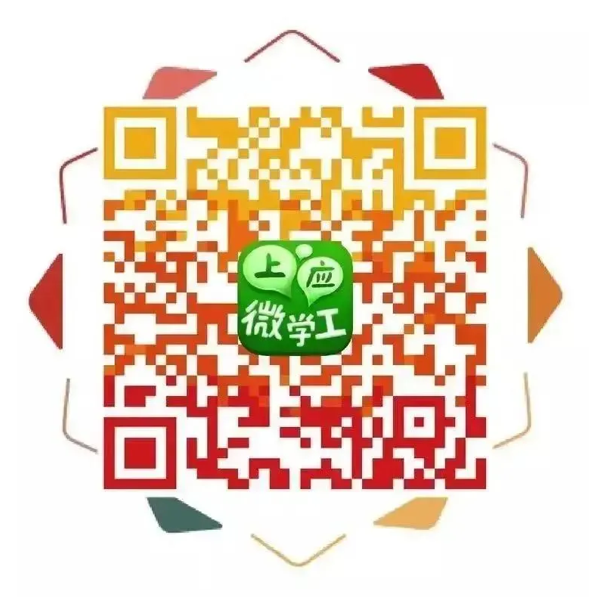
Embracing Micro Learning
Heartfelt Accompaniment for Your Growth

